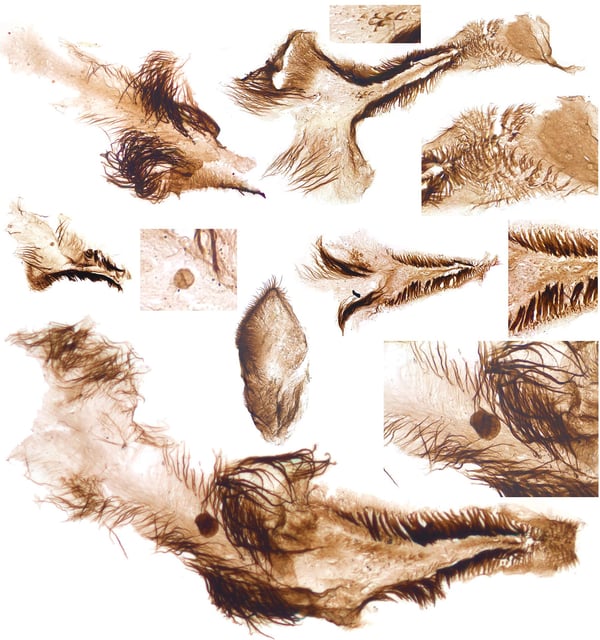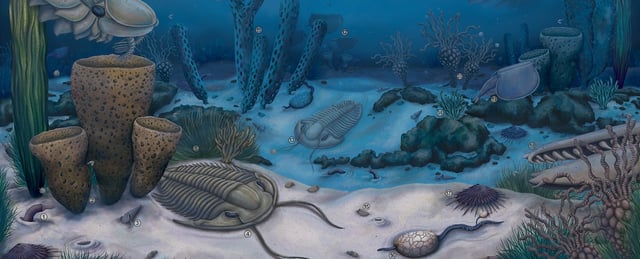Overview
- Researchers processed Bright Angel Formation samples with hydrofluoric acid and sieves to extract over 1,500 microfossils for high-powered microscopy.
- The assemblage includes tiny rock-scraping molluscs, filter-feeding crustaceans, spiky-toothed worms and the newly named priapulid Kraytdraco spectatus.
- Detailed morphology shows advanced feeding structures such as hundreds of branching teeth for scraping and comb-like limbs for suspension feeding.
- Dating between 507 and 502 million years ago, these fossils fill a major gap in North American soft-bodied records of the Cambrian period.
- Sedimentary and chemical evidence indicates the canyon’s shallow, oxygen-balanced waters provided ideal conditions for early animal diversification.


